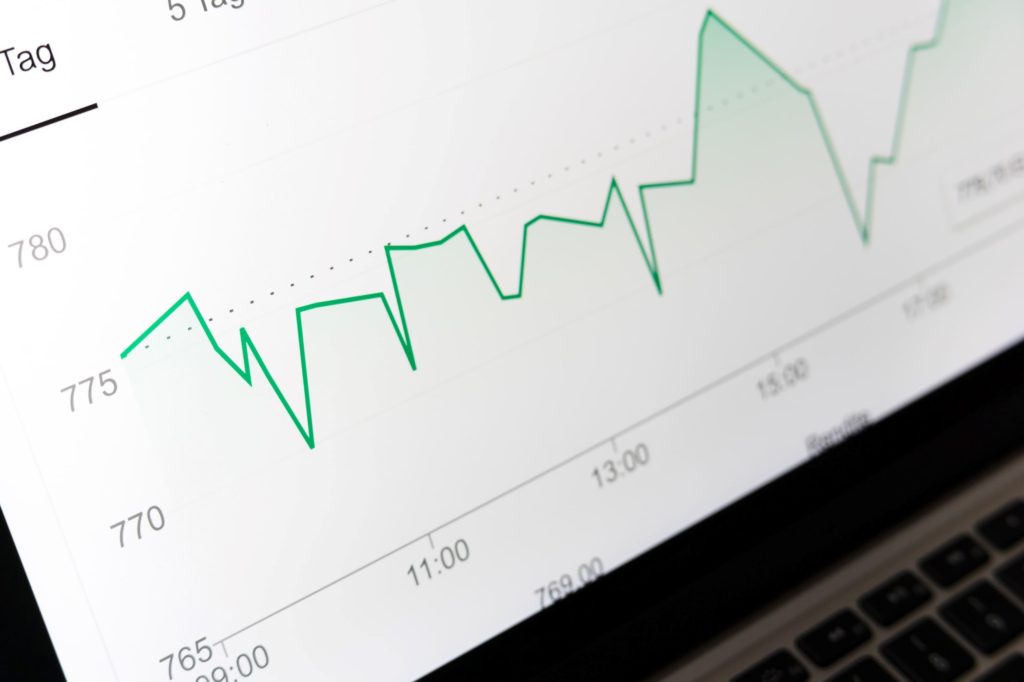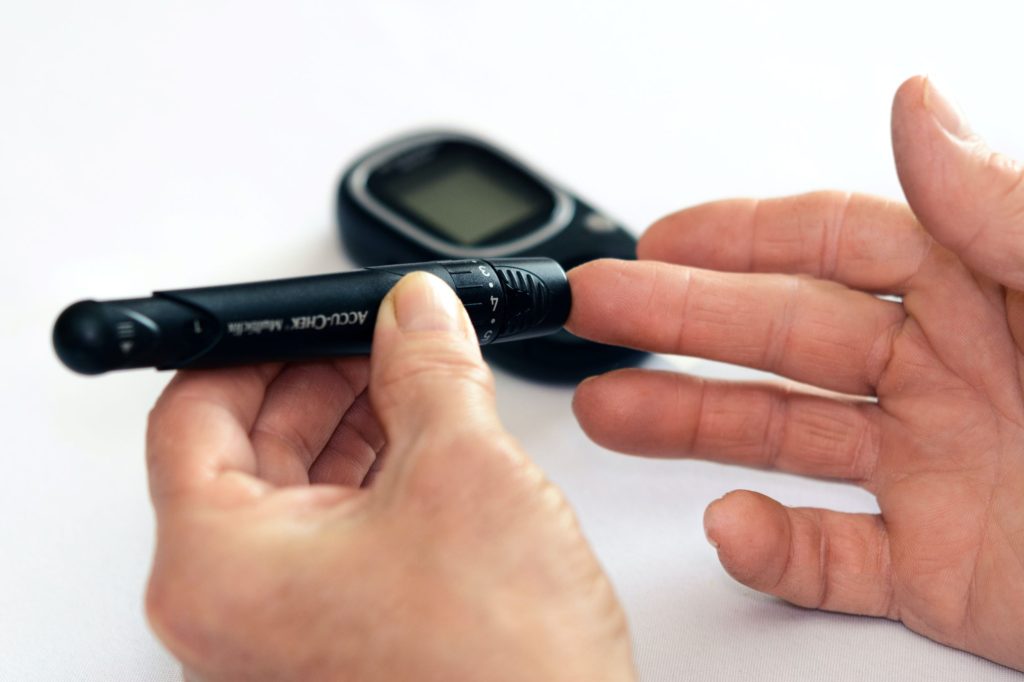The glycemic index is usually applied in the context of the quantity of the food and the amount of carbohydrate in the food that is actually consumed. A related measure, the glycemic load (GL), factors this in by multiplying the glycemic index of the food in question by the carbohydrate content of the actual serving. Let us examine in detail :
What Exactly Is the Glycemic Index?
The glycemic index relate to the Quality of carbohydrates in food. Specifically it is a measure of how much the carbohydrates in foods affect your blood glucose level. Glucose is really what we are talking about when we use the term blood sugar It is the most simple form of sugar, and its concentration in the blood is what we are measuring when we talk about “blood sugar levels.”
The digestive process converts other more complex sugars and starches, in other words carbohydrates, into glucose for use in the body.
What the glycaemic index measures is how quickly that process happens for different foods. High-GI foods break down quickly, causing a spike in the blood glucose level. Lower-GI foods break down more slowly but over a longer period of time, affecting blood glucose less.
The glycaemic index for various foods was determined by testing people’s blood glucose levels after they had eaten the foods. Pure glucose was assigned a value of 100, and other foods were given values based on how they raised the blood glucose level compared to glucose.

GI is defined as “the incremental area under the blood glucose response curve of a 50 g carbohydrate portion of a test food, expressed as a percentage of the response to the same amount of carbohydrate from a standard food taken by the same subject (either white bread or glucose)” (Jenkins et al. 1981).
Glycemic Index Classification
| Glycaemic Index (GI) Category | Values |
| Low GI | 55 or less |
| Medium GI | 56–69 inclusive |
| High GI | 70 or higher |
Why Is the Glycemic Index Important?
For most people, eating more low-GI foods is a good idea. If a person has diabetes or some other form of glucose intolerance, it means that they will not see the same kinds of spikes in blood glucose level. These spikes cause the body to produce more insulin than is really needed. That insulin level remains high after the high-GI food is no longer affecting the blood glucose level.
Eating lower-GI foods causes the glucose and insulin levels to vary less over the course of the day, which stresses the body less. This is also good from a heart health standpoint. Studies have shown that high insulin levels are linked with higher blood pressure and cholesterol levels. High glucose levels also stress the cells, producing inflammatory responses that can contribute to blood clots and blockages in the arteries.
In addition, the slower digestive process for low-GI foods means that you’ll feel less hungry between meals, making it easier to maintain a healthy body weight.
What is Glycemic Load?
The GL is a measure of the overall glycaemic impact of the food and is the product of the food’s GI and the amount of carbohydrate it provides. It incorporates both the quantity and quality of the dietary carbohydrate consumed, as opposed to GI, which measures only the quality of carbohydrate intake.
What Is the Difference between the Glycemic Index and Glycaemic Load?
The glycaemic load is based on the glycaemic index, adjusted for the normal serving size of the food.
An example of how this works An apple has a GI of 38, meaning that a serving of apples containing 100 grams of carbohydrates affects blood glucose 38 percent as much as 100 grams of glucose. But an apple only contains about 15 grams of carbohydrates. So eating one apple does not really affect blood glucose as much as the GI might indicate. The GL takes this into consideration by multiplying the GI of a food times the carbohydrates per serving, then dividing by 100. So the GL of an apple is 38 x 15 / 100 or about 6.
GL takes the actual serving size into consideration, so it gives us a somewhat better picture of the actual affect on blood glucose of a particular food though always it may not be true .
Sample Calculation of Glycaemic Load in a Mixed meal
| Meal | Serve (Gms) | Carbohydrate (Gms) | Carbohydrate contribution (%) | GI | Glycaemic Load |
| Cornflakes | 35 | 28 | 70 | 81 | 57 |
| Milk | 125 | 6 | 15 | 39 | 6 |
| Strawberries | 80 | 6 | 15 | 40 | 6 |
| Meal total | 210 | 40 | 100 | 69 |
Glycaemic Index Classification
What Are the Benefits of a Low-GI Diet?
Help Control Diabetes This is one of the first benefits we think about with a low-GI diet. Choosing foods that are digested more slowly prevents spikes in blood glucose levels and the resulting spikes in insulin levels. Eliminating these spikes effect means the body is stressed less and that you feel better because your glucose and insulin levels are more consistent. In addition, low-GI foods tend to be lower in carbohydrates overall, which is also good for a person with any form of glucose intolerance.
Lose Weight This area has gotten a lot of interest lately. A number of diets have focused on reducing the number of carbohydrates you eat. That is not what we are recommending when we talk about low-GI diets. We want to concentrate on the type of carbs you eat. A low-GI diet may indeed provide fewer overall carbs, but the big benefit comes again from the slower digestion of low-GI foods. This means that you are not as likely to be hungry again soon after eating, craving another high-GI fix to make you feel full and satisfied.
Heart Health A low-GI diet has a number of benefits for heart health as well, some of them direct and some indirect. Whole grains, legumes, and fruits and vegetables all are low-GI foods and all can contribute to lower cholesterol levels. On a less direct basis, as mentioned before, high insulin levels such as the ones caused by a high-GI diet can also contribute to increased cholesterol levels as well as encourage the deposit of fatty acids in the arteries, contributing to increased risk of stroke and heart attack. A number of the risk factors for heart disease are the very things a low-GI diet can help with, including cholesterol level, diabetes or prediabetes, and being overweight.
Different Foods in terms of GI Value
Fruits and Vegetables
With a few exceptions, fruits and vegetables are good choices for low-GI eating. A few fruits like pineapple and apricots have a medium GI and potatoes have a medium to high GI, but almost all others fall in the low category.
Legumes
Kidney beans, chickpeas, lentils, and other legumes typically fall into the low-GI category. They are great choices since the amount of fibre they have helps to slow down digestion and keep you from feeling hungry for a longer period of time. They also contain high-quality, fat-free protein, packing a lot of nutrition into the number of calories they contain.
Grains and Baked Goods
White flour and processed grain products tend to be much higher in GI than comparable whole grain products. This is for two reasons. First, highly processed grains have a significant amount of their fibre removed, increasing their GI rating and contributing to faster digestion. Secondly, they are typically ground into much finer particles. This also makes them easier to digest, meaning their carbohydrates are converted into glucose more quickly, again raising the GI number and leaving you feeling hungry again sooner. You can see this not just with white bread, but also with the more highly processed breakfast cereals
Sweets
There aren’t a lot of these on the list, but they are pretty obviously an area where you want to be extra careful. They tend to be higher in GI, giving you that quick but short-lived lift. They also tend to have fewer nutrients to offer, providing empty calories that add to your weight but not to your health. I’ve included some recipes for low-GI desserts that you can eat in moderation, but you should consider having an apple or a container of yogurt rather than a candy bar when you really feel the need for something sweet.
In summary
We need to concentrate on choosing wisely. What we are looking for is not no carbs, but the right quantity of the right kind of carbs-those that are low on the glycaemic index scale. Let’s not get so focused on carbs that we don’t remember the other things that make a diet healthy.
In general, what many experts now think is the healthiest diet is one that is high in fibre and high in carbohydrates, but low in GI and low in fat.
Glycemic Index of common Carbohydrate Foods
| High Carbohydrate Foods | GI |
| White wheat bread | 75±2 |
| Whole wheat/whole meal bread | 74±2 |
| Speciality grain bread | 53±2 |
| Unleavened wheat bread | 70±5 |
| Wheat roti | 62±3 |
| Chapatti | 52±4 |
| White rice, boiled | 73±4 |
| Brown rice, boiled | 68±4 |
| Barley | 28±2 |
| Sweet corn | 52±5 |
| Breakfast Cereals | GI |
| Cornflakes | 81±6 |
| Millet porridge | 67±5 |
| Muesli | 57±2 |
| Fruit and fruit products | GI |
| Apple, raw | 36±2 |
| Orange, raw | 43±3 |
| Banana, raw | 51±3 |
| Apple juice | 41±2 |
| Orange juice | 50±2 |
| Vegetables | GI |
| Potato, boiled | 78±4 |
| Sweet potato, boiled | 63±6 |
| Carrots, boiled | 39±4 |
| Dairy products | GI |
| Milk Full fat | 39±3 |
| Yogurt, fruit | 41±2 |
| Legumes | GI |
| Chickpeas | 28±9 |
| Kidney beans | 24±4 |
| Lentils | 32±5 |
| Soya beans | 16±1 |
| Sugars | GI |
| Fructose | 15±4 |
| Sucrose | 65±4 |
| Honey | 61±3 |

